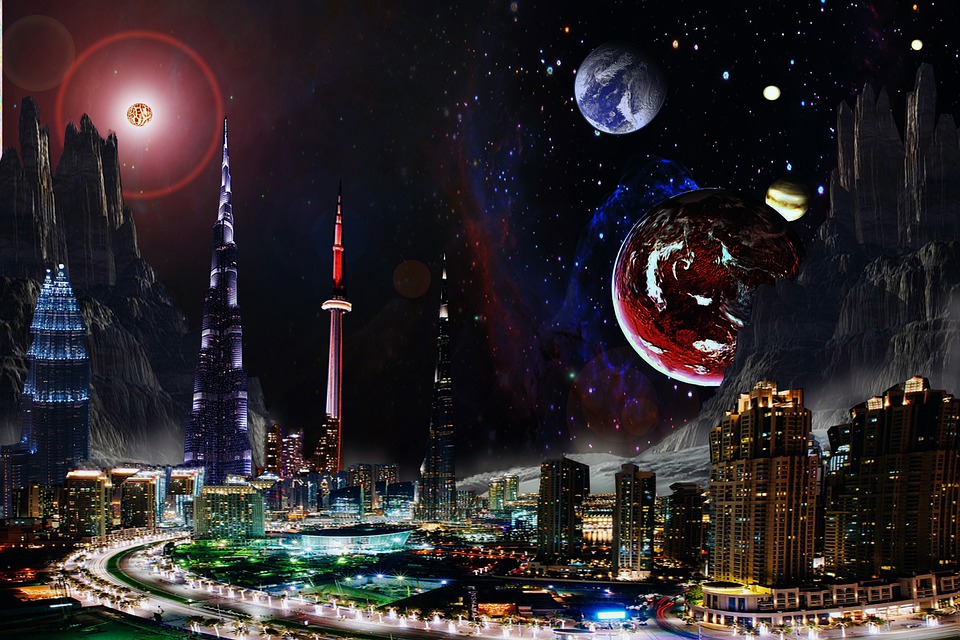The Rise of Street Art: How Graffiti Has Become a Global Phenomenon
The Birth of a Movement
Street art, once considered illegal and disruptive, has evolved into a respected and admired form of expression around the world. The roots of this movement can be traced back to the graffiti artists in New York City in the 1970s, who used the city’s subway system as their canvas. What started as a form of rebellion against the mainstream art world has now grown into a global phenomenon that has captured the imagination of artists and art lovers alike.
The Evolution of Graffiti
Over the years, graffiti has evolved from simple tags and throw-ups to intricate and detailed murals that can be found on buildings, bridges, and even trains in cities around the world. Artists like Banksy, Shepard Fairey, and Invader have gained international acclaim for their work, using their art to convey powerful messages and challenge societal norms.
The Global Impact
One of the reasons for the rise of street art as a global phenomenon is the rise of social media, which has enabled artists to share their work with a wider audience and connect with other artists from around the world. Platforms like Instagram and Pinterest have become virtual galleries for street artists to showcase their art and gain recognition from art enthusiasts and collectors.
Street art festivals and events have also played a significant role in promoting and celebrating this art form. Cities like London, Berlin, and Sao Paulo host annual festivals that bring together artists from all over the world to create murals and installations that transform the urban landscape and bring communities together.
The Future of Street Art
As street art continues to gain popularity and recognition, it is likely that we will see more artists pushing the boundaries of the medium and experimenting with new techniques and styles. Some artists are already exploring augmented reality and interactive installations, blurring the lines between street art and technology.
While the mainstream art world has been slow to fully embrace street art, there is no denying its influence and impact on contemporary art. Whether it is a political statement, a social commentary, or simply a beautiful piece of art, street art has the power to provoke thought, spark conversation, and inspire change.
FAQs
What is the difference between graffiti and street art?
Graffiti is often associated with illegal tagging and vandalism, while street art encompasses a wider range of art forms that are created in public spaces with permission from property owners. Street art can include murals, stencils, wheatpaste, and installations, among other techniques.
Is street art considered vandalism?
While some forms of street art may still be illegal and considered vandalism, many cities have embraced street art as a form of public art and have designated areas where artists can create their work legally. Street art has become a valuable tool for revitalizing urban spaces and engaging communities.
How can I support street artists?
One of the best ways to support street artists is to buy their artwork or attend their exhibitions and events. Following them on social media, sharing their work with others, and advocating for more opportunities for street artists to create legally in public spaces can also help support this vibrant and important art form.
Discover more from System Ent Corp
Subscribe to get the latest posts sent to your email.

